

On the left....in the clip on the right....watch his shirt line in relation to a point on the fence.
On the right....in the clip on the right....watch his shirt line in relation to the fence post.
The kid on the left is turning about the rear hip pivot point TIGHTLY. His rear hip pivot point is stationery in space and the front hip is being turned back by the action in the rear hip socket.
The kid on the right is rotating his pelvis. Both hip joints are moving as he rotates about his spine.
EXCELLENT INSTRUCTIONAL CLIP!!!!
I am not making the case that the rear hip pivot point can't move. It does in some hitters. Pitch location and timing can make a difference. But you have to be conscious about how much it moves. And you should make it feel like it doesn't.
The ratio between turning and moving is highly favorable to turning. WAY more turning than moving.
Take a look.
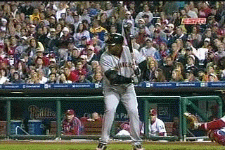
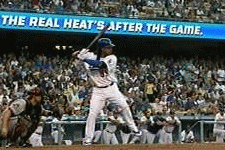
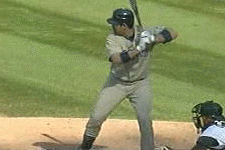
And it's NOT the block of the lead leg that does that. It is the CONSTANT PULL BACKS that keep you back....and give that 'head back' appearance....and keep your radius tight. THAT STATIONERY REAR HIP SOCKET HAPPENS BEFORE THE LEAD LEG BLOCK.
Hitting In A Phone Booth 101.

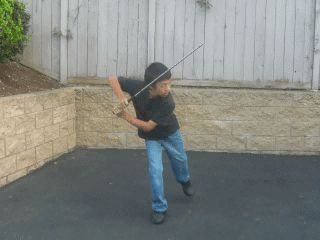
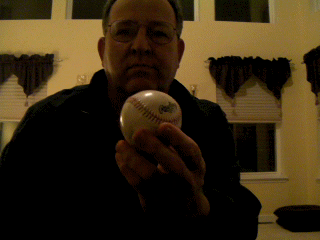
Comment